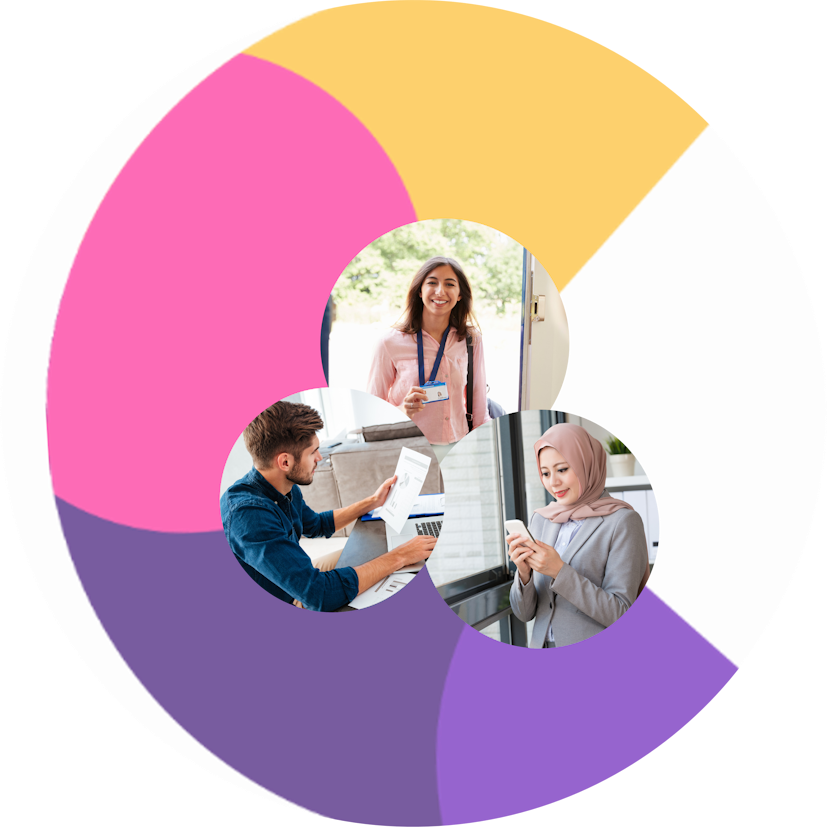
Software updates
Blog
The more we get to know our users, the more we’re in awe of the invaluable work they do every day to reduce the barriers blind and partially sighted people face, while providing empathy, understanding and practical help.
We know sight loss charities are often run by - and employ - blind or partially sighted people, and we’re on a constant learning curve to try to ensure our software works just as well for people with sight loss as it does for everyone else.
The system offers various controls for non-sighted people, including high-contrast themes and large-font options. Over recent months we’ve also improved link names and aria-tags to make them more meaningful for screen readers. We use in-house copies of screen reader programmes such as JAWS to test out how system updates and new features will work for people with sight loss.
Once a year we invite a representative from the Royal National College for the Blind to review our system as it develops, helping us understand what additional features may be needed and which aspects a typical user may struggle with.
At Charitylog, all accessibility-related issues raised through our support team will be given first priority.
Catherine Bamford is Befriending Service Manager at MySight York. Here’s what she had to say recently about using Charitylog.
Q: What is MySight York?
A: We’re an independent, user-led charity that supports local people to live well with sight loss. We help with things like specialist equipment, social activities and befriending, as well as offering emotional support.
Q: What size is the organisation?
A: We have a staff of nine, and 1,700 members (all visually impaired people).
Q: How do you use Charitylog?
A: We’ve been using the full version of Charitylog since August 2019. We received comprehensive training at the start. We mainly use it for recording contact with clients, volunteers, relatives/carers and organisations. We’ve set up different referrals for the various services we offer.
We also run reports and export lists for mail merging for our newsletter.
Q: Would you recommend it?
A: On the whole, Charitylog is a useful and powerful tool and we would recommend it to organisations who need a comprehensive database. It has been very helpful for us.
To find out more about MySight York, follow them on Twitter/X at @MySight York or visit the MySight York website.
We’re on a quest to make our system more intuitive for people with sight loss. This isn’t just about ticking accessibility boxes. It’s about having conversations with our existing users and potential customers to create clearer navigation and content structures, improve screen optimisation and offer more accessible training.
We’re still far from perfect. But, as a small company, we have the advantage of being able to interact on a personal level with people using our system to fully understand any challenges our users flag up.
It’s a cause that’s close to our CEO, Matt Dyer’s, heart.
‘My mother was a Braille expert,’ he says. ‘Accessibility for blind and partially sighted people is really important. We never want our users to be in a situation where they have to ask a sighted colleague to do something on our system.
‘I’ve always felt strongly that if you improve how something works for blind and partially sighted people, you improve it for everyone.’
Ready to scale your team's potential?
Get in touch
